
TurfPro's guest editor, Paul Rabbitts is currently Chairperson of the Parks Management Association, Head of Parks and Open Spaces at Southend on Sea City Council, as well as a Trustee of the Gardens Trust. He writes about the perilous state of many of our public parks.
In early February 2023, I was lucky enough to be invited to the Keep Britain Tidy Awards in Liverpool where my local authority was shortlisted for a Love Parks Award 2022 (we won, by the way!).
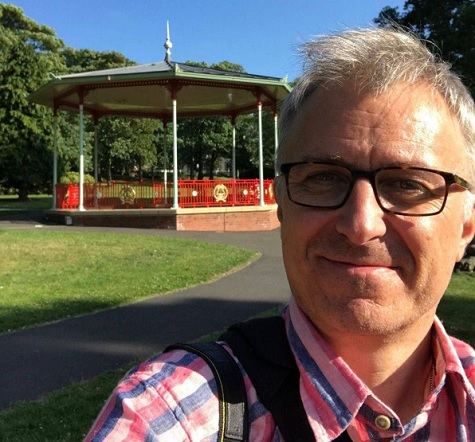
Paul Rabbits, Chairperson of Parks Management Association, Head of Parks and Open Spaces at Southend on Sea City Council and a Trustee of the Gardens Trust
I decided to give the conference before the awards ceremony a miss, as there really was not much there for me. Instead, I ventured into some of Liverpool’s parks: Sefton and Newsham Park, and across the Mersey to Birkenhead Park, designed by Joseph Paxton and the godfather of all municipal parks.
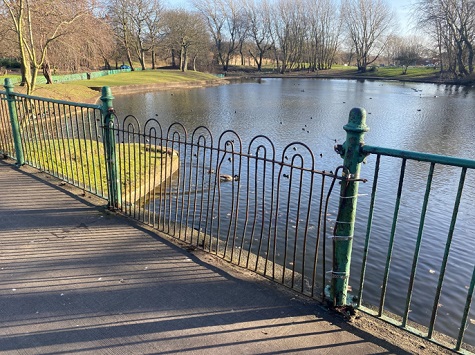
A panel of bent railings fence off a gap in the railings at Newsham Park © Paul Rabbitts
In 1850, in the wake of two severe cholera epidemics, the Liverpool Improvement Committee advertised for plans for the laying out of new public parks across the city. In 1865, the Liverpool Improvement Act finally enabled the corporation to raise the five hundred thousand pounds needed to realize its ambitious vision. Edward Kemp, a protégé of Paxton, was to be a key figure in the resultant ‘ribbon of parks.’ As the designer of both Newsham and Stanley Parks, his style and approach have defined large swathes of the Liverpool landscape for nearly 150 years (History of Public Park Funding and Management 1820-2010, report by Dr Katy Layton-Jones for Historic England).
Yet today, Newsham Park is crumbling: grim, dirty, lacking any sign of investment and bereft of any perceived care. After nearly 35 years of working in the parks sector, I had to serious ask myself: what had been the point of it all? How did we get to this?
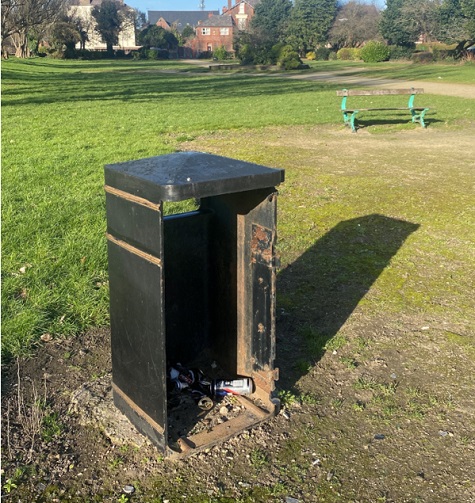
A vandalised litter bin in Newsham Park © Paul Rabbitts
Sefton Park and its magnificent Palm House provided a welcome respite, yet even here there are signs of decline, despite millions invested in its restoration just over twenty years ago. Over the Mersey, I was cheered up by Birkenhead Park, but again, there were signs of maintenance backlogs, works not being done, that downward spiral into decline, and I love this park – I love all parks, it’s what I do, but Birkenhead is a magical place.
Several months earlier, I had given a lecture on the history of public parks to the Arts Society in Halifax, regaling them with details of how we came to have them, their ultimate decline and their revival from 1996 onwards, thanks to the national lottery. Afterwards I had visited People’s Park in Halifax, also designed by Paxton.
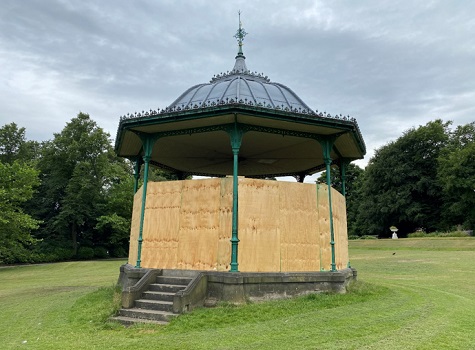
The boarded-up bandstand in People’s Park, Halifax © Paul Rabbitts
My visit to People’s Park was the most upsetting. Graffiti and vandalism were prevalent, the bandstand boarded up, fountains and water-features empty, and I had that sense of unease, of not wanting to be there because I didn’t feel safe. I was embarrassed at having just lectured the local arts society, when here in Paxton’s People’s Park I was witnessing decline once again. I am sure Calderdale Council did not appreciate my call to the Heritage Fund stating my anger and upset at this. Yet I can’t blame Calderdale, or Liverpool, or indeed the many councils up and down the country once again facing cuts to their services that are simply not sustainable.
We have gone beyond the tipping point, yet I fear my plea to the All-Party Parliamentary Group in London in January 2023 - for funding, for leadership, for direction and for a national campaign to revitalise our parks once and for all - will have fallen on deaf ears again. Politicians will openly acknowledge the need for decent, good quality parks and did so particularly during and after the Covid-19 pandemic, but that has not yet led to action.
There is no other service that has the potential to improve so many aspects of our daily lives than our public parks: health, well-being, heritage, community, education, contact with nature, biodiversity, events, activity, play and so much more.
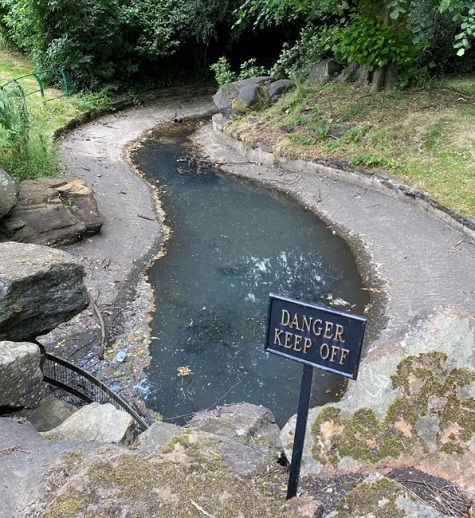
A neglected watercourse in People’s Park © Paul Rabbitts
So, what can we do?
We can campaign for our parks, we can write to our MP, we can join a volunteer group and encourage our local council to support such volunteer groups. We can also work in partnership with organisations such as the Gardens Trust, Historic England, the Trust for Conservation Volunteers, local residents’ associations, and local Wildlife Trusts. We can ensure our local council knows the value we place on our public parks and that boarded up bandstands, dereliction and lack of maintenance are simply not acceptable. Let us once again have public parks we can be proud of.
Paul Rabbitts is currently completing the definitive book on People’s Parks – The Design and Development of Public Parks in Britain, an update of Hazel Conway’s iconic book on public parks.